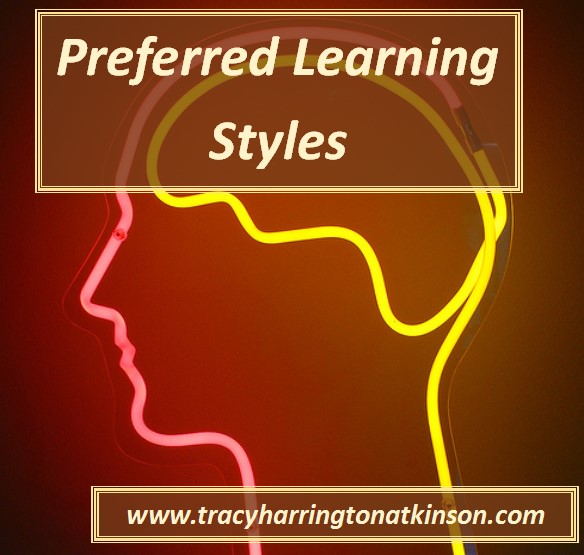
Using preferred learning styles enhances learning experiences.
The process of learning is the ability to gain knowledge or to acquire the skills to do something. To develop these needed skills educators need to develop activities which will help students with different backgrounds, learning personalities and capabilities. Educators must possess a “detailed knowledge and awareness of ways in which learning can be promoted” (Pritchard, 2009, p. 105). In addition to knowledge and theory, educators need to be able to know teaching practices and when they should be applied to specific situations and individual preferences.
Preferred learning styles assist the individual in how they learn. They alter experiences, identify the method with which information is retrieved and even can change chosen words. These preferred styles guide the individuals process information. They also change the way experiences are represented; The way information is recalled, and even the words chosen. Research demonstrates how different learning style uses different parts of the brain. By involving more of the brain during learning and utilizing more of the senses, learners retain more information (Gardner, 2006; Pritchard, 2009).
 Gardner (2006) investigated the cognitive differences within intelligence which makes each individual unique. He proposed that there was more than simply one intelligence but a variety of intelligences. Eight intelligences were identified in his earlier works including:
Gardner (2006) investigated the cognitive differences within intelligence which makes each individual unique. He proposed that there was more than simply one intelligence but a variety of intelligences. Eight intelligences were identified in his earlier works including:
- verbal/linguistic
- logical/mathematical
- visual/spacial
- bodily/kinesthetic
- musical/rhythmic
- interpersonal
- intrapersonal
- naturalistic.
Later, Gardner offered a ninth intelligence of existentialist. Through the understanding of multiple intelligences, instructors can highlight the essential differences between students and emphasize their importance.
Sources:
Gardner, H. (2006). Multiple intelligences. New York, New York: Basic Books.
Pritchard, A. (2009). Ways of learning: Learning theories and learning styles in the classroom (2nd ed.). New York, NY:Routledge.

Comments are closed